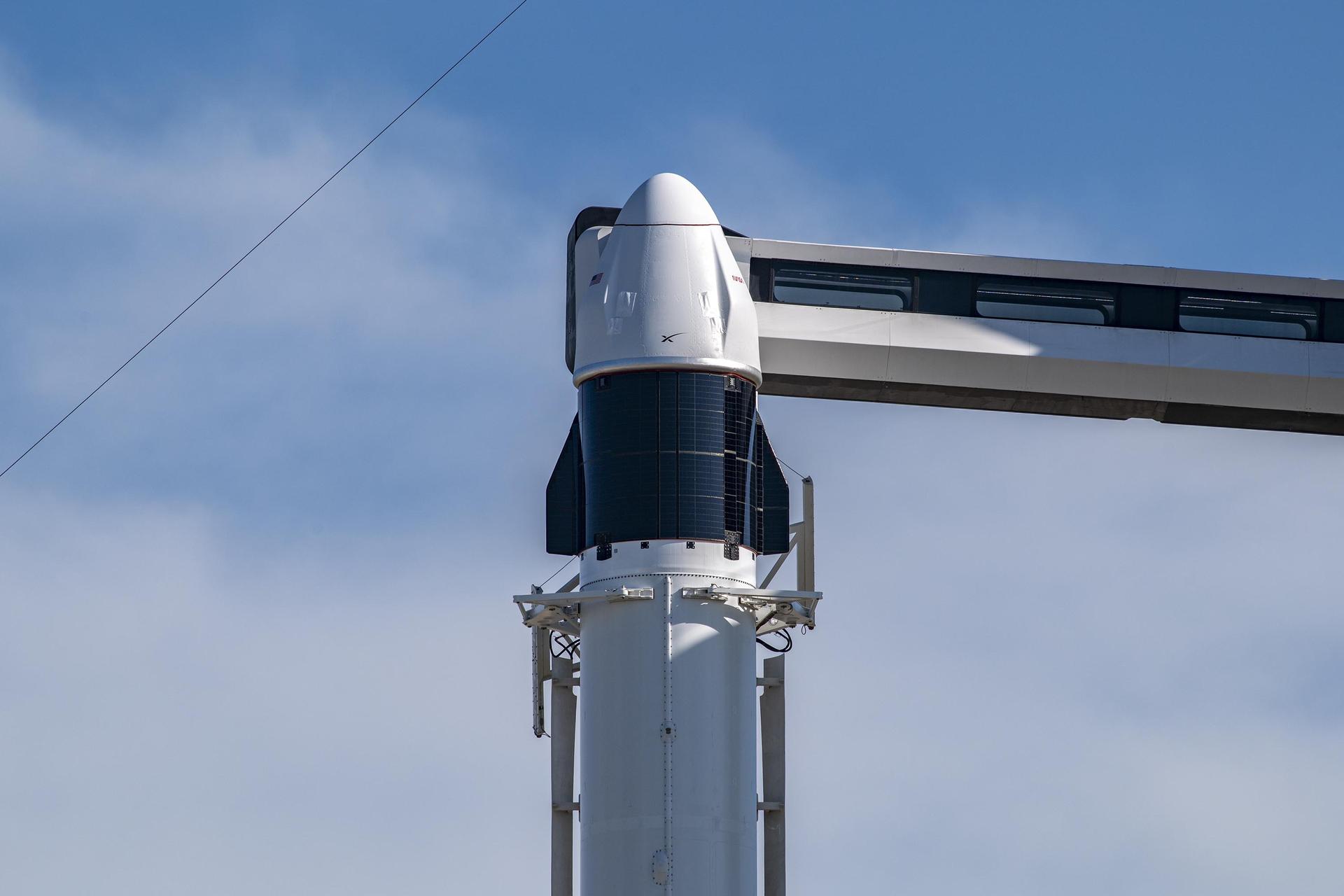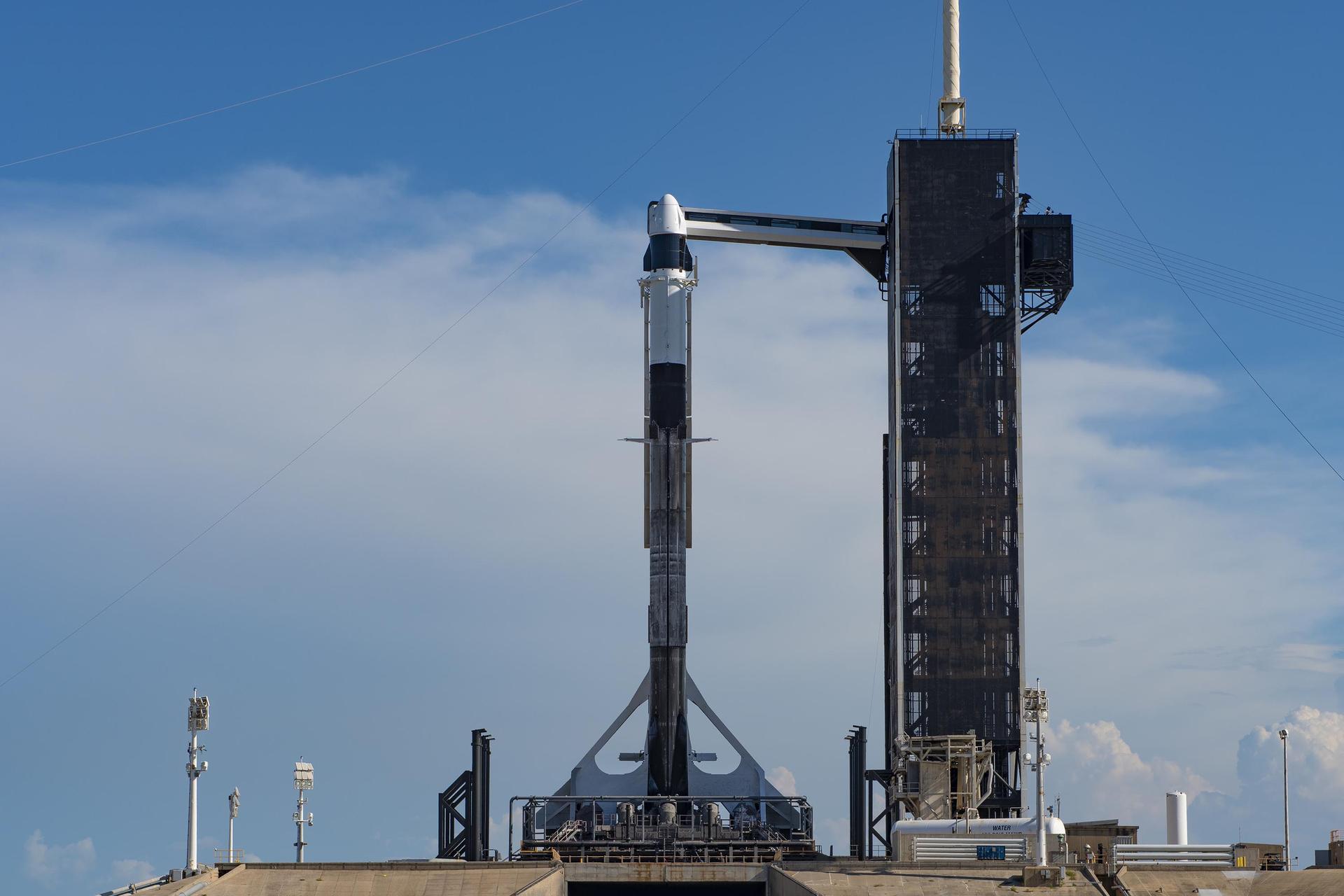
Hello from NASA’s Kennedy Space Center in Florida! A SpaceX Falcon 9 rocket, with the cargo Dragon spacecraft atop, stands ready for liftoff at Kennedy’s Launch Complex 39A. Live countdown coverage has begun – watch now on NASA Television, the NASA app, and the agency’s website.
Liftoff is just a little under 30 minutes away, at 8:44 p.m. EDT. This is the 25th commercial resupply services (CRS-25) mission for SpaceX, delivering more than 5,800 pounds of science experiments and research, hardware, and crew supplies to the International Space Station.
About 12 minutes after launch, Dragon will separate from the Falcon 9 rocket’s second stage, beginning a series of carefully choreographed thruster firings to reach the space station two days later.
Here’s a look at some of tonight’s countdown and ascent milestones. All times are approximate.
COUNTDOWN
Hr/Min/Sec Event
– 00:38:00 SpaceX Launch Director verifies go for propellant load
– 00:35:00 RP-1 (rocket grade kerosene) loading begins
– 00:35:00 1st stage LOX (liquid oxygen) loading begins
– 00:16:00 2nd stage LOX loading begins
– 00:07:00 Falcon 9 begins pre-launch engine chill
– 00:05:00 Dragon transitions to internal power
– 00:01:00 Command flight computer to begin final prelaunch checks
– 00:01:00 Propellant tanks pressurize for flight
– 00:00:45 SpaceX Launch Director verifies go for launch
– 00:00:03 Engine controller commands engine ignition sequence to start
– 00:00:00 Falcon 9 liftoff
LAUNCH, LANDING, AND DRAGON DEPLOYMENT
Hr/Min/Sec Event
00:01:18 Max Q (moment of peak mechanical stress on the rocket)
00:02:30 1st stage main engine cutoff (MECO)
00:02:34 1st and 2nd stages separate
00:02:41 2nd stage engine starts
00:06:37 1st stage entry burn begins
00:08:38 2nd stage engine cutoff (SECO)
00:08:38 1st stage landing
00:11:49 Dragon separates from 2nd stage
00:12:35 Dragon nosecone open sequence begins

